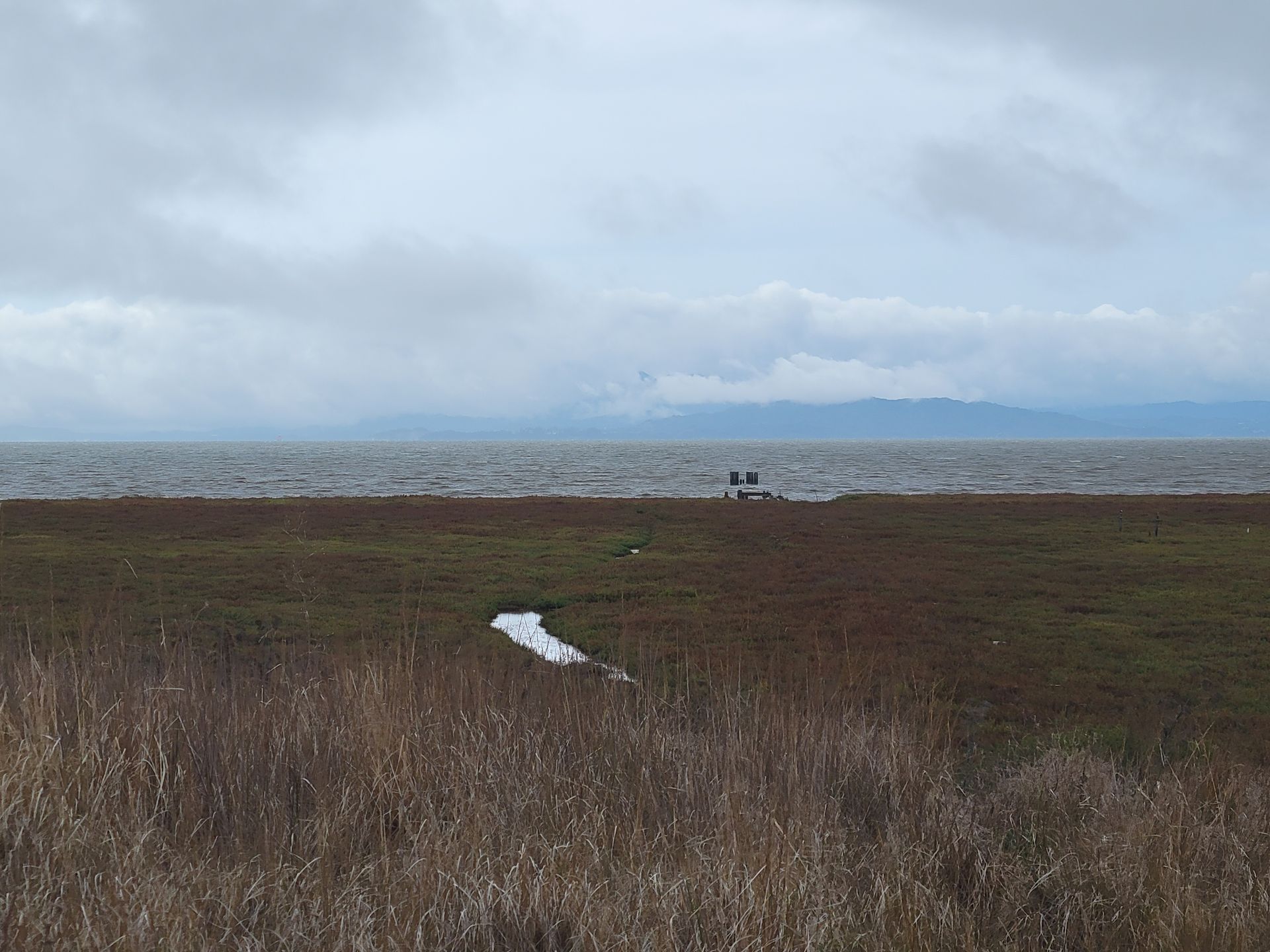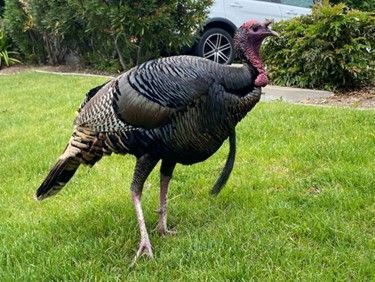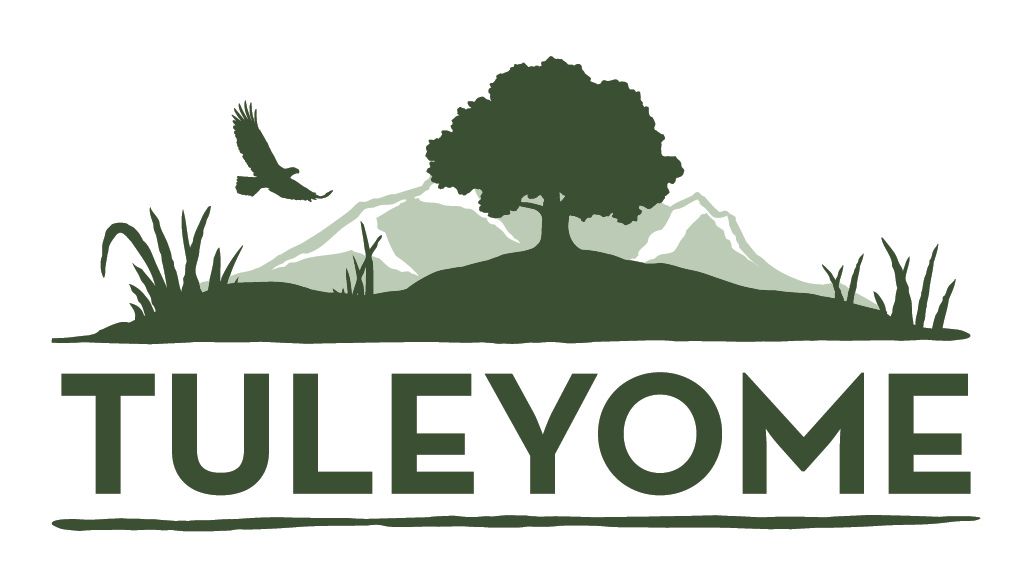Enjoying Outside - Leaf Peeping in California

Leaf peeping - a less than scientific term for enjoying the seasonal color change. As summer fades into fall, the shortening days trigger the trees and shrubs to prepare for winter. Part of that process includes the leaves halting the production of chlorophyll. Chlorophyll is what makes the leaves green and when production is decreased the other colors that were always present become visible. Watching the leaves turn from green to red, orange and yellow seems to be the epitome of fall no matter where you live. Typically, Northern California isn’t at the top of the list for destinations to view fall foliage. But, thanks to California’s mild Mediterranean climate which supports a whopping variety of deciduous trees, shrubs and plants and our incredible range of elevations, California actually has one of the most varied and lengthy seasonal foliage changes in North America. Bright fall colors can be seen from October through December from about sea level all the way up to about 14,000 feet! If you miss the spectacle at one elevation, just go on to the next. Keep reading for some up-to-date resources on how and where to find stunning fall foliage throughout California!
For everything leafy and fall related in California from where to find outstanding fall foliage, to how to plan a trip, to trail etiquette; check out California Fall Color. As it is stated on the webpage, California Fall Color is a seasonal news site that reports on autumn’s show throughout California. You might want to have a couple of hours free before you sit down to browse the website though because there is so much here to explore! The website offers locations throughout California to view fall color as well as hike of the week, drive of the week and peak of the week. But wait, there’s more - there’s also a California Fall Color MAP!! And be sure to bring your camera when you head out to explore because you can submit your own color report. I didn’t see any existing reports for the Berryessa Snow Mountain National Monument region so you can be the first! The website gives you all the information you need to submit your own color report.
California State Parks also has a website that highlights state parks in Northern and Southern California that have impressive color displays. The Park Services invites you to schedule a day trip or a weekend getaway and enjoy the cooler weather and stunning backdrops full of fall color. They do recommend calling before to head out to check on the conditions of the park though. The parks are less crowded this time of the year making fall a great time to visit.
California.com also highlights many areas throughout California that parade fall colors for you to take in from Plumas County to Mono County and places in between including Lake Tahoe and Nevada City and Yosemite.
If you’re interested in traveling outside of California, The Foliage Report is also a seasonal weekly report that tracks fall foliage changes throughout the United States. It includes maps made through collaborations with different sources and are published by the Washington Post, multiple other websites and The Fall Color Guy’s blog. For the western states color report, (also with a MAP!) check out the west region report.
Closer to home, The Railyards has a great article outlining where to see fall colors near Sacramento which includes Folsom, Apple Hill and June Lake among others. And, the SFGATE just published a fabulous article detailing where color is beginning to peak in California and also refers to the californiafallcolor.com website linked above.
If your calendar doesn’t allow for a weekend trip or a lengthy drive you can view fantastic fall foliage right near where you are. Nearby agriculture such as vineyards and orchards have striking color changes. Riparian vegetation along the Sacramento and American Rivers and suburban creeks and streams as well as urban trees such as those found in residential areas or city parks offer elegant color shows. Even poison oak can be lovely as it turns a stunning crimson and winds its way around tree trunks.
As the California Fall Color website proudly boasts, “Autumn happens here, too.”
-Kristie Ehrhardt (kehrhardt@tuleyome.org)
Tuleyome Land Conservation Program Manager
RECENT ARTICLES






